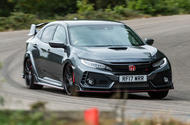Honda Civic Type R
These are our favourite hot hatches currently on sale. But who will claim the top spot?
When it comes to the balance of performance, cost and daily usability, no other type of performance car does it better than the not-so-humble, full-sized hot hatchback.
The idea of taking a regular family hatchback and turning it into a performance car is now time-honoured and has become hugely popular with buyers, especially in the UK.
Volkswagen assumed ownership of the concept with the Mk1 Golf GTI of 1976, although students of the segment will tell you that the hot hatchback niche was founded earlier by either Simca or Autobianchi. Whoever went there first, most manufacturers now have one of these fundamentally enjoyable cars in their line-up.
From mega-power German luxo-hatches to newcomers from Hyundai, the segment has never offered so much choice. Creating some semblance of order, here are our top 10 picks.
The best hot front-driver of the moment isn’t such a financial stretch when you consider the price of some of the other cars in this list. The Honda Civic Type R is a seriously involving effort from Honda. It gives you grip when you need it, handling adjustability when you go looking for it, plenty of control feedback, a spectacular turbocharged engine and outstanding practicality, too.
That combination yields sensational driver appeal that invites you to exploit everything this car has to offer as often as you can get away with.
A less aggressive-looking track-biased car with a greater focus on cabin quality than hardcore dynamism might have been a bigger seller, but it wouldn’t have been half as compelling to drive. Nor would it be the most exciting hot hatch that can currently be bought.

Upping the pace and excitement quotient of the Golf GTI while delivering daily usability alien to any other fast hatchback on the market is what the Golf R excels at. This is a car that blends the classy sophistication and roundedness that you’d expect of a Volkswagen with first-order rawness, handling dynamism and sheer driver appeal – and four-wheel drive stability gets chucked in for good measure.
The car lacks the aural drama of the old R32’s V6, and its ride is greatly improved by the optional addition of adaptive dampers. But get the specification right and you’ll find this is one hot hatchback that you can drive every day, for any journey, without it wearing you down or tiring you out. That’s a rare trick indeed for any hot hatchback – and it makes the Golf R a uniquely talented car.
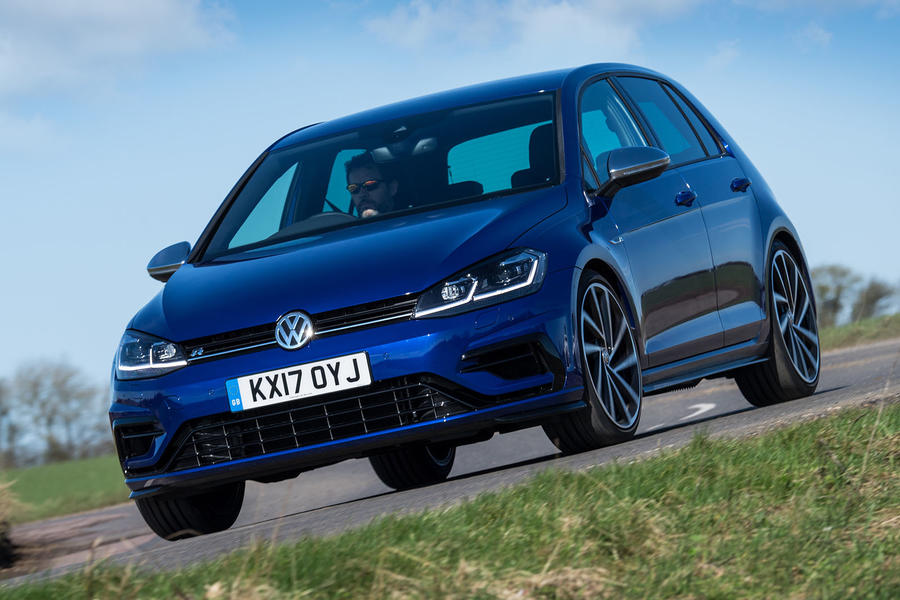
3. Renault Sport Mégane RS 280
The fourth-generation Mégane RS isn’t a hot hatch for pretenders; with Cup chassis specced, this is a hard-riding, sharp-edged B-road weapon that demands some serious commitment if you’re to get the best out of it.
Four-wheel steering virtually shortens its wheelbase through tighter bends and makes for super-incisive handling, while hydraulic bumpstops ensure the suspension can take any punishment you’re prepared to dish out. Meanwhile the car’s 1.8-litre four-pot provides plentiful performance – though not as much as a Civic Type R .
Ergonomics aren’t that great, neither’s the cabin in general, and neither is the shift quality of the manual ‘box (though it’s preferable to the clumsy paddleshift auto).
But on the right road, in the right conditions, there’s a lot to like here. And if you’re confident enough to plough your own furrow, ignore the wider market’s preference for the firmer cup version of the car, and order a sport-spec car instead (with its softer suspension much better-suited to everyday use and fast road driving), you’ll get a Megane RS that’s within touching distance of the finest-handling examples of its breed.
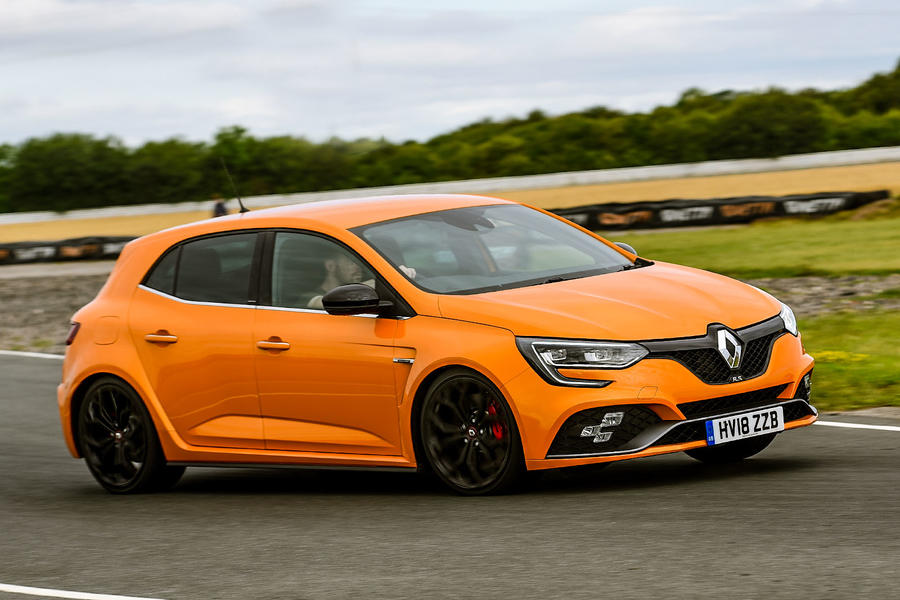
Ascendant Korean car-maker Hyundai clearly wasn’t interesting in half-measures with its first N-branded performance model, the i30 N. This was the car it hired former BMW M Division engineering supremo Albert Biermann to help make, and then poured huge R&D resources behind.
And, although there are one or two caveats to admit, it didn’t go to all that trouble in vain. The i30 N has surprising hardcore temperament and a real sense of performance purpose, neither of which you expect from a car-maker with so little previous experience in the segment. There’s a really old-school flavour to the weight in its controls, and about the gravelly boost in its power delivery and the increasing firmness in its damping.
If anything, Hyundai went too far with the hardcore tuning of this car – as the i30 N’s firmest and most aggressive suspension, steering and drivetrain modes are too uncompromising, and make it a hard car to read. But at its best – in modest trim level, and set up for pragmatic ease-of-operation rather than out-and-out grip level – it’s an involving, balanced, genuinely appealing driver’s car.
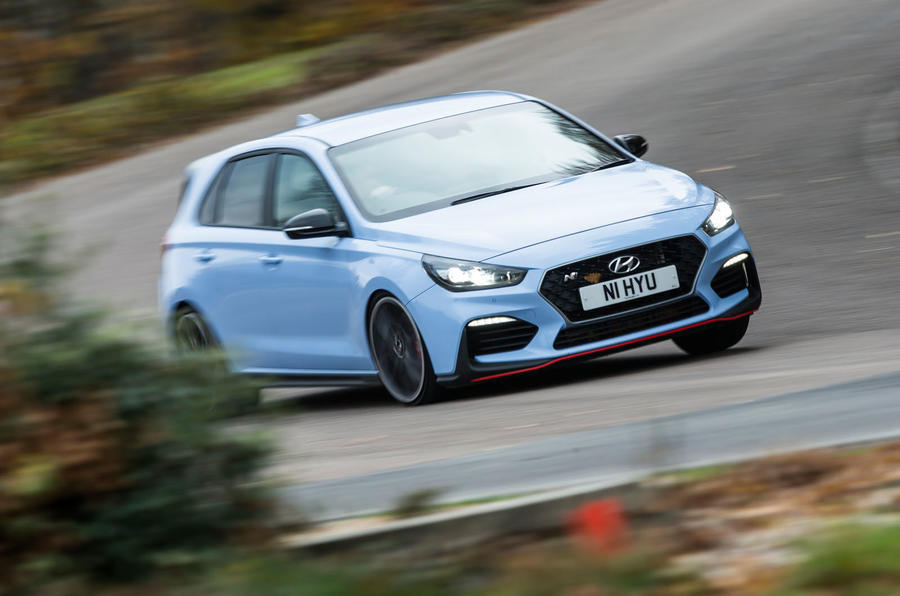
5. Mercedes-AMG A35 4Matic+
We’re currently between model generations of the walloping Mercedes-AMG A45 mega hatch – but that doesn’t mean there’s no fast A-Class in Mercedes showrooms. The A35 4Matic+ is Affalterbach’s slightly cheaper and more accessible lure for anyone looking for pace, everyday usability, driver appeal and premium brand cache from their hot hatchback.
Using a detuned version of the A45’s turbocharged 2.0-litre motor that produces just over 300-horsepower, and channelling its power to the road via a seven-speed twin-clutch gearbox and both axles, the A35 doesn’t drive like a subordinate performance derivative. It’s seriously fast, surprisingly firm-riding and quite aggressive-feeling for a car intended to be used every day. And yet it also has plenty of on-road handling precision and poise, and a chassis and drivetrain that always combine to find excellent grip and traction, even in slippery conditions.
Add to that the established technoglare appeal of the A-Class’ gadget-laden cabin and Mercedes’ brand allure and you’ve got a package that’s sure to find plenty of showroom success – even if it wouldn’t quite be the car we’d recommend for the ultimate in hot hatchback thrills or for any-weather, any-occasion usability.
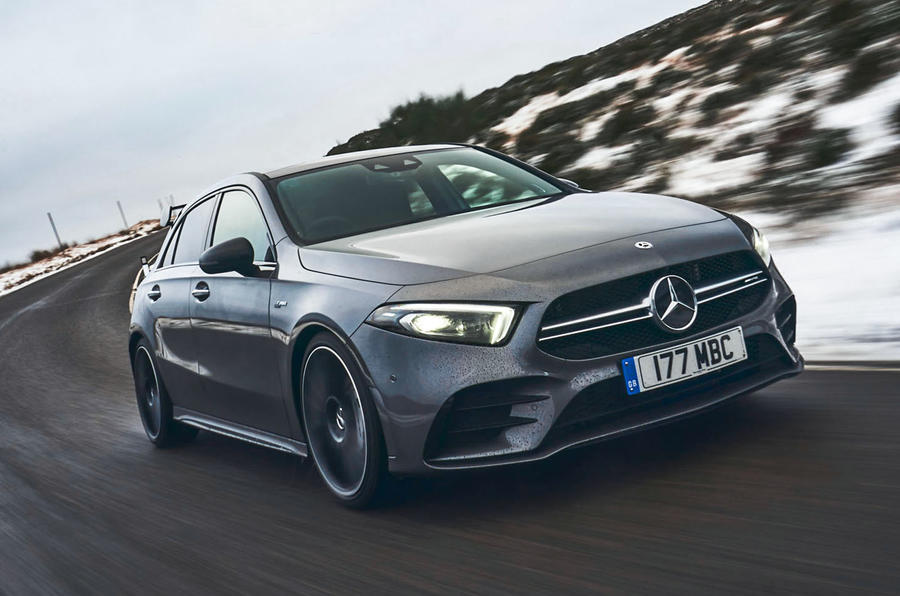
6. Seat Leon Cupra
Seat’s Cupra-branded hot Leon range has been through plenty of change of the last couple of years, having climaxed with the limited-series, now-defunct Cupra R.
Now you can choose between a front-wheel drive chassis and 286bhp of power in the shorter five-door hatchback version, or four-wheel drive and 296bhp of the stuff in the more practical ‘ST’ estate. Neither version is any slouch, though – and unlike the VW Golf R to which it’s otherwise quite closely related, the front-driven version of the Seat uses an electronically locking front diff.
The Leon’s handling is crisp, agile and grippy, though not quite as communicative, balanced or biddable as some in the class. The engine’s a strong suit for the car, revving hard right to the redline and sounding hard-edged.
Added to all that is a pretty convincing bang-for-buck argument for this car, with the five-door version available from under £30,000, and smart, sharp-edged styling that isn’t too chavvy. It makes for plenty to like – though perhaps not quite the incisive driver reward needed to top this chart overall.
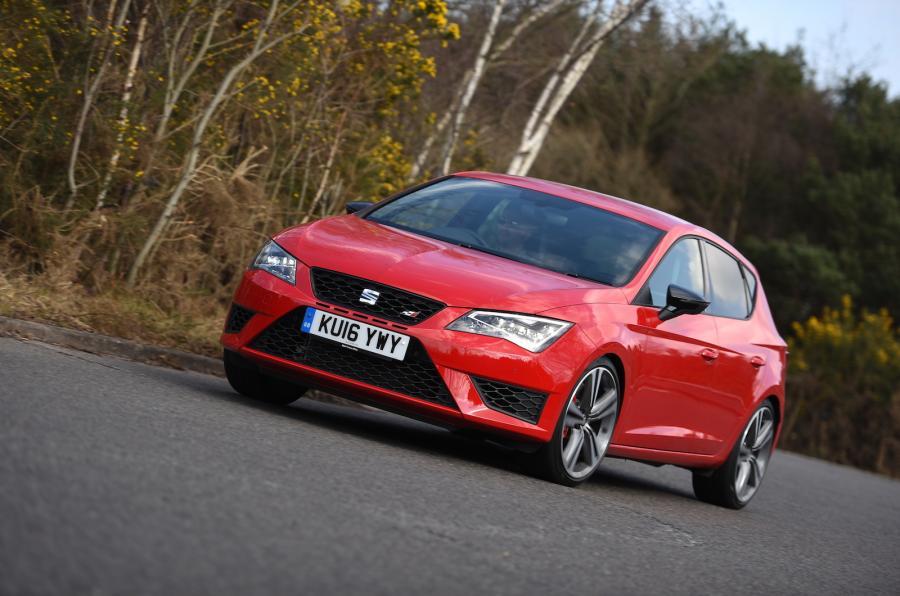
Production of Audi Sport’s superheated A3, the RS3 Sportback, is on an emissions-related hiatus at the moment, with an updated WLTP-emissions compliant version returning later in 2019 before the A3 itself is replaced.
The price of Audi’s most junior RS model is likely to be just as colossal when it comes back, mind you, as it was before it left the scene – but what the money gets you is a simply incredible 2.5-litre five-cylinder engine and dual-clutch gearbox. It’s a combination that allowed the 395bhp RS3 to hit 60mph in just 3.9sec during Autocar testing, and dispatch 100mph in less than 10 seconds. That’s double-take stuff for a hatchback and puts the model well into proper sports car territory on acceleration.
If there’s a caveat, it’s a familiar one – the quattro four-wheel-drive system still doesn’t contribute much to handling appeal. That said, cross-country pace is utterly mighty and handling is ever-secure. Fitting the optional adaptive dampers is a must if you want a daily-use ride.
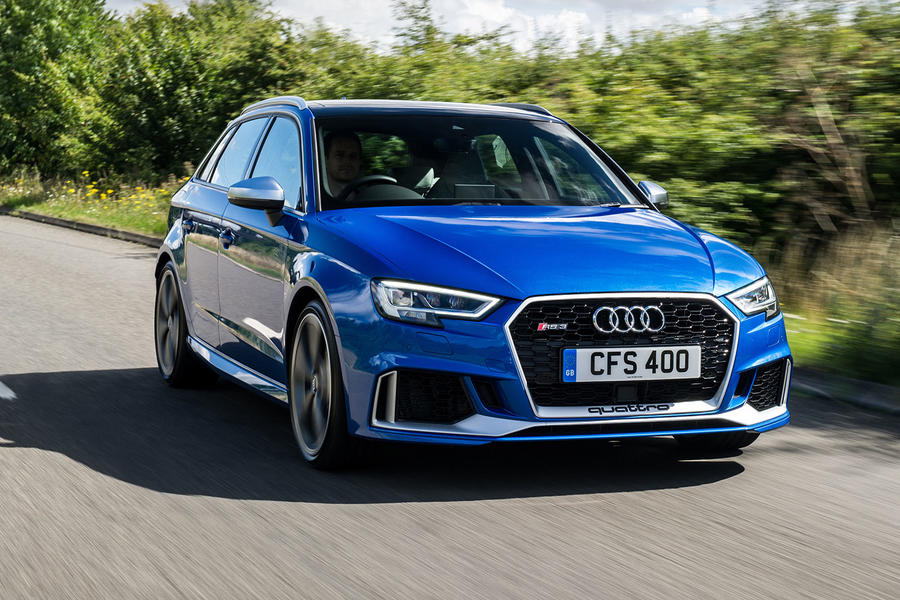
The most iconic hot hatch of them all is not as powerful or hardcore as some – far from it – but it remains desirable, superb on the road and great to own.
Breadth of ability and versatility are its greatest dynamic strengths. However, even in its GTI Performance guise, this ultra-composed Golf has no answer for the agility or incisiveness of a Megane RS of a Civic Type R. It’s perfect for everyday, real-world use each day of the week, however, and it’s also well capable of blowing off the cobwebs come Sunday morning.
If Volkswagen made the Golf GTI a bit more visually assertive and a little more interesting at its limits, then it could give the car the additional joie de vivre it needs to compete in outright terms as a real thriller. As it is, though, few GTI devotees would change this singular successful, long-lived performance icon – and we wouldn’t either.
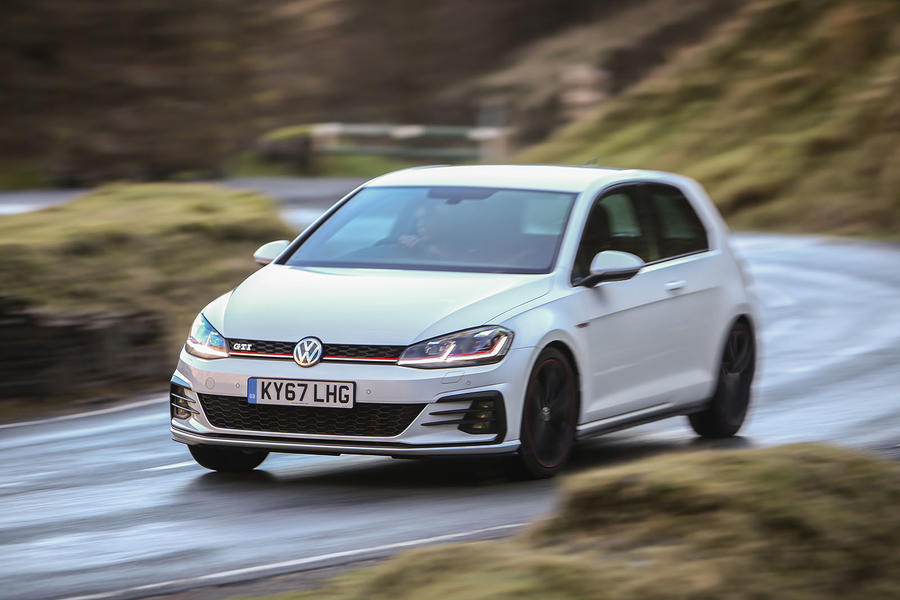
Endowing a rear-wheel drive hatchback with a turbocharged six-cylinder engine makes for rather a lot of proper old-fashioned fun, and lessens the disappointment that this BMW isn’t quite as sharp-handling as it would needs to be to challenge the most rewarding cars in this class.
The M140i’s rear-drive chassis is nicely balanced but isn’t quite the entertainer it should be, and neither does it generate enough grip and poise for the M140i to match the point-to-point pace of the Seat Leon Cupra or four-wheel-drive Volkswagen Golf R.
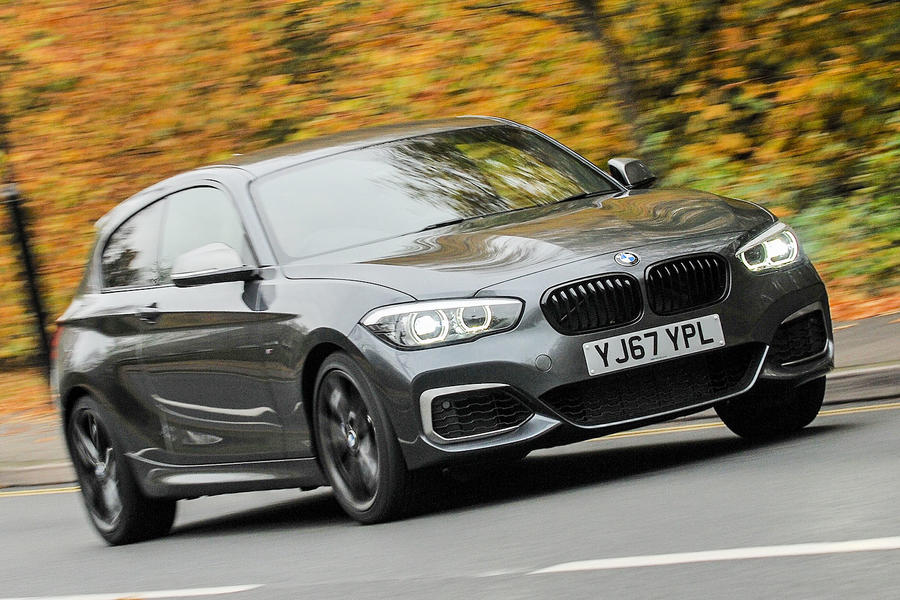
A little extra power and a dollop more focus make this big Skoda surprisingly rorty and engaging to drive. Be in no doubt: this is a driver’s car that should be taken seriously. With the optional Dynamic Chassis Control fitted, the estate version finally makes good on the long-running notion that a vRS might just be a no-brainer for anyone whose life has outgrown a conventional hatch.
A lack of all-wheel drive hampers its everyday-use appeal slighty, but this car still manages a good compromise between a plush ride and sharp handling.
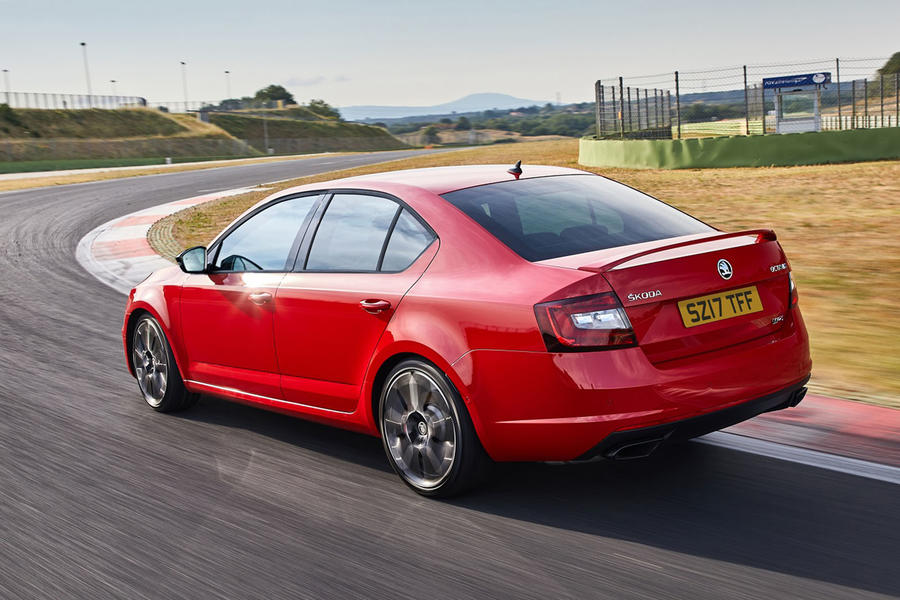
Source: Autocar
